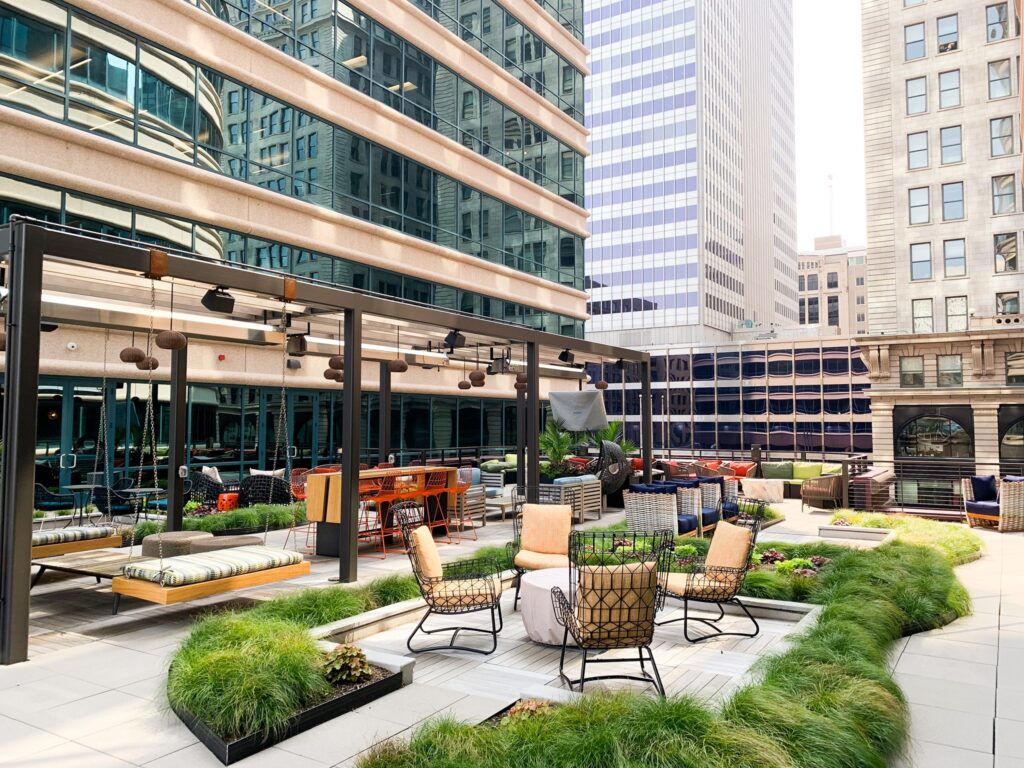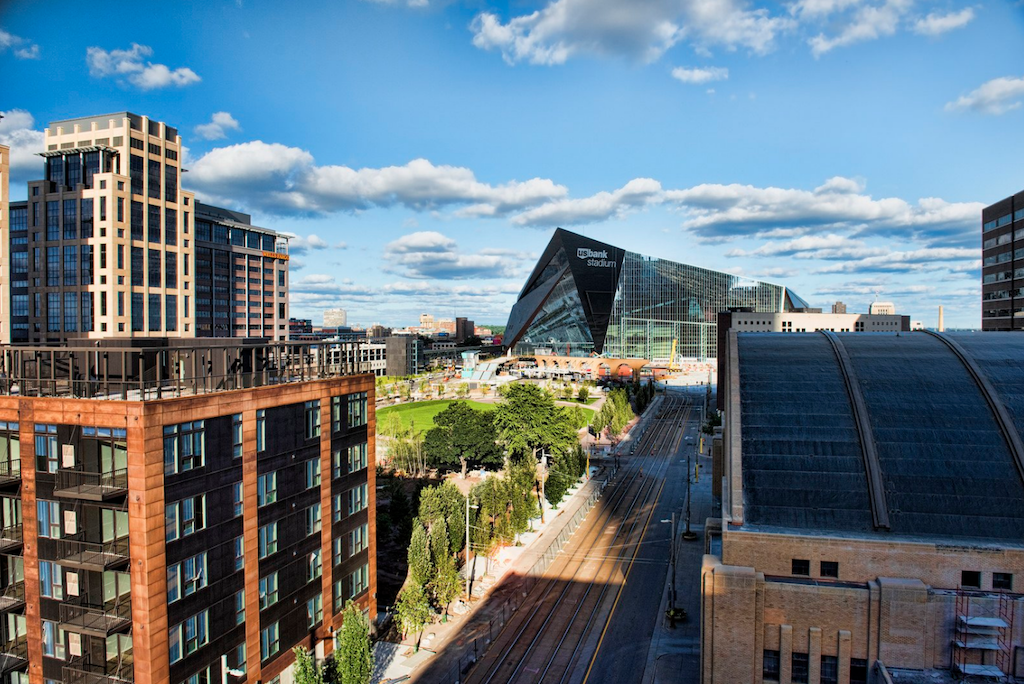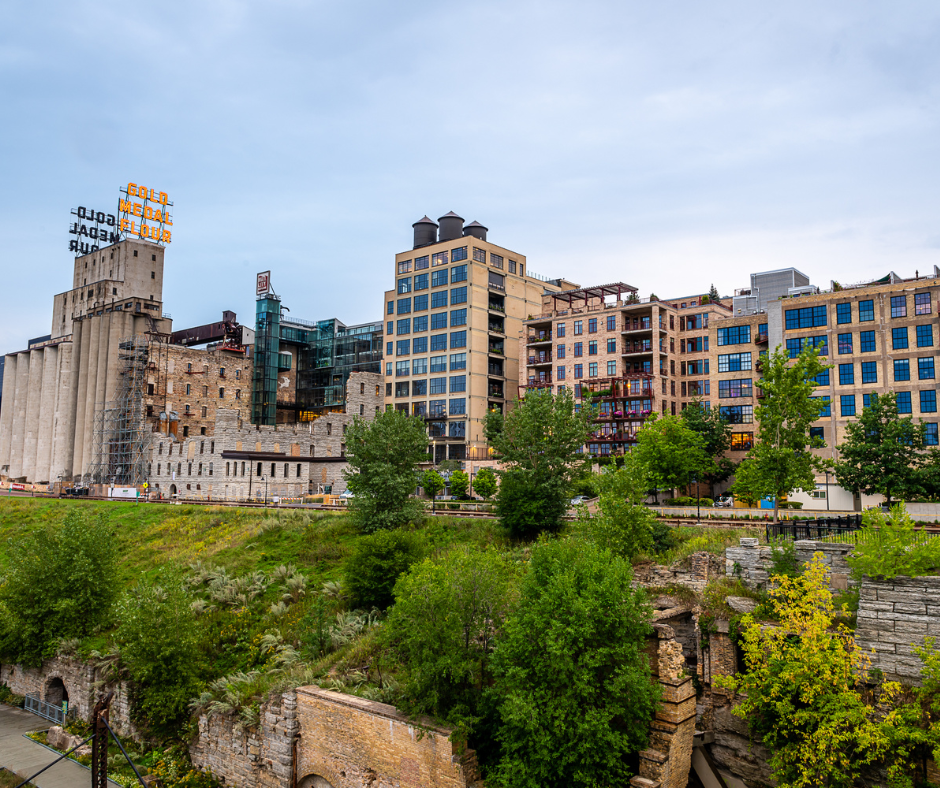In the heart of the Midwest, Minneapolis has emerged as a beacon of sustainability, particularly in the realm of commercial real estate. This bustling urban center, known for its picturesque lakes and vibrant culture, is now gaining recognition for its commitment to eco-friendly development. In this article, we’ll explore some real-life events and innovations in Minneapolis’ commercial real estate market that are setting new standards in sustainability.
Innovative Building Design: The 5th Street Towers Revamp



A prime example of sustainable development in Minneapolis is the transformation of the 5th Street Towers, a staple in the city’s skyline. This project involved extensive renovations to enhance energy efficiency and reduce environmental impact. By incorporating state-of-the-art HVAC systems, LED lighting, and smart building technology, the 5th Street Towers have significantly lowered their energy consumption. This is a testament to how older buildings can be retrofitted to meet modern sustainability standards.
Green Spaces and Biophilic Design: The Downtown East Development

The Downtown East area of Minneapolis has witnessed remarkable growth, with a strong focus on green spaces and biophilic design. Biophilic design, which integrates natural elements into the built environment, has been shown to improve air quality, enhance mental well-being, and even boost productivity. The inclusion of green roofs, living walls, and abundant plant life in this area not only beautifies the space but also contributes to a healthier urban ecosystem.
Renewable Energy Integration: The Solar Initiative

Minneapolis has also taken significant strides in integrating renewable energy sources into its commercial real estate sector. A notable initiative is the Climate Equity Plan, a citywide push to incorporate solar panels on commercial buildings. This effort not only reduces dependence on non-renewable energy sources but also aligns with Minneapolis’ goal to become a leader in sustainable urban development. By harnessing solar energy, commercial properties are reducing their carbon footprint and paving the way for a cleaner, greener future.
Community-Oriented Development: The Mill District Revitalization

The revitalization of the Mill District in Minneapolis is another shining example of sustainable commercial real estate development. This project focuses not only on environmental sustainability but also on fostering a sense of community. By converting historic mills into mixed-use spaces that include offices, retail outlets, and residential units, the Mill District has become a vibrant hub for work and leisure, reducing the need for long commutes and promoting a more sustainable lifestyle.
Engaging the Community: Northern Green Expo and Sustainable Real Estate Conference
In addition to these projects, Minneapolis hosts key events like the Northern Green Expo. This annual event gathers architects, developers, and business leaders, showcasing the latest in green building materials and technologies. It’s a hub for exchanging sustainable construction and design ideas.
The Minneapolis Sustainable Real Estate Conference further explores the economic advantages of eco-friendly commercial properties. Industry experts discuss how sustainable practices can cut operational costs, boost property values, and attract eco-conscious tenants. The conference also highlights the importance of public-private partnerships in promoting sustainable commercial real estate.
These events and initiatives are part of a larger trend towards sustainability in the commercial real estate sector. They demonstrate that eco-friendly development is not just ethically sound but also economically wise. Sustainable buildings offer benefits like lower energy costs, tenant satisfaction, and a positive brand image, contributing to a robust bottom line.
Moreover, Minneapolis’s dedication to sustainable commercial real estate is in line with global efforts to address climate change. By prioritizing green practices, the city is helping reduce carbon emissions and bolster environmental resilience. This commitment showcases the crucial role urban centers play in the fight against climate change.
Conclusion: A Model of Urban Sustainability
Minneapolis is showcasing that commercial real estate can be both profitable and sustainable. With its innovative design, renewable energy use, community-focused development, and engaging forums, the city sets a benchmark for others to follow. As we look ahead, it’s evident that sustainable practices will increasingly shape the commercial real estate landscape globally.
Through these eco-friendly developments, we’re not just enhancing our current urban spaces but also securing a healthier, more sustainable future. Minneapolis’s leadership in sustainable commercial real estate stands as an inspiring model of what can be achieved when environmental stewardship is a key aspect of urban development.

